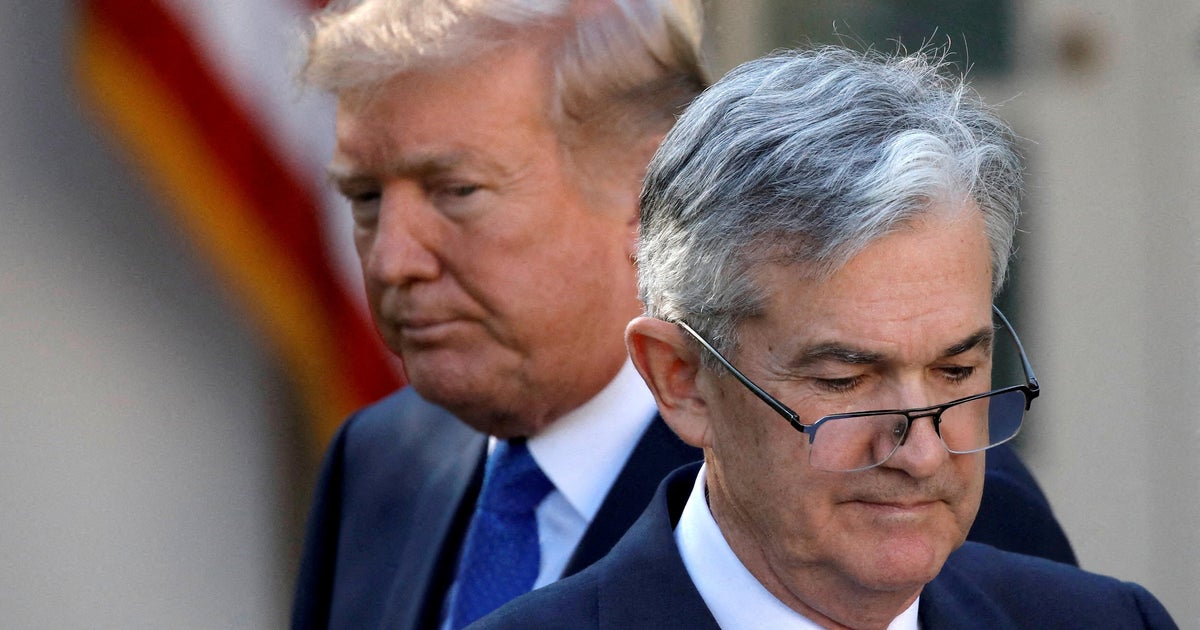

No response returned

The Federal Reserve's rate decision on Wednesday is shaping up to be its most consequential of the year, with most economists predicting the first cut of 2025. The real suspense is over how deep the reduction could be — and whether the Fed might signal a broader pivot that could set the course for the rest of the year.
So far, the Fed has resisted calls from President Trump to cut its benchmark interest rate, which helps determine borrowing costs for businesses and consumers. Mr. Trump has pointed to the fact that inflation has remained , so far this year, as evidence the central bank has been too late in lowering borrowing costs.
Apart from Mr. Trump's push for a cut, the Federal Reserve is facing growing economic uncertainty ahead of its Sept. 17 meeting, raising the stakes for a rate decision.
On the one hand, the labor market is showing signs of distress, with hiring slowing to a standstill, which would argue for a cut. But inflation is also under the weight of the Trump administration's tariffs, an issue that the Fed has pointed to as its reason for keeping the benchmark rate unchanged so far this year.
Adding to the complications is Mr. Trump's pressure on the Fed to reduce rates. Federal Reserve Chair Jerome Powell has responded by stressing the independence of the Federal Reserve, pointing out that the Federal Open Market Committee, its 12-member rate-setting group, relies on economic data to make its policy decisions, rather than political pressure.
"The committee tries to get a complete picture of the biggest downside risks for the economy, and then at the end of the meeting, there needs to be some sort of weighting — it's an art as much as science," noted Erasmus Kersting, an economics professor at Villanova University.
The Fed will announce its next rate decision at 2 p.m. EST on Sept. 17.
The probability of a 0.25 percentage point cut stands at 96%, according to CME FedWatch, which relies on 30-day Fed Funds futures prices to determine the likelihood. There's only a 4% probability of a jumbo cut of 0.5 percentage points, the tracker says.
Economists will also be listening for whether the Fed provides guidance on whether it expects additional rate cuts at its next two meetings in 2025, set for Oct. 29 and Dec. 10.
The Federal Reserve has a so-called dual mandate to keep inflation low while also ensuring full employment.
But those two goals can be in conflict with each other because rising inflation requires the Fed to boost interest rates, which tamps down spending by making it more expensive for businesses and consumers to borrow. The Fed's best weapon for fighting high unemployment, however, is to cut rates, as that makes it cheaper for businesses to expand and hire more workers.
Fed officials will be closely scrutinizing inflation and jobs data as they determine which side of the dual mandate needs more attention.
While the inflation rate has receded from its 2022 peak, it's still far above the Fed's goal for a 2% annual rate, and has as the Trump administration's tariffs ripple through the economy, pushing some prices higher.
"It's going to be very difficult, but it will be weighing these two conflicting objectives," Kersting noted.
Many Americans are souring on the economy, feeling pressured by higher costs for everything from housing to groceries.
A recent found that two-thirds of Americans said prices in the past few weeks have continued to rise, and about the same share said they expect that to continue. More than half of consumers said the U.S. economy is getting worse, while only about one-quarter said they believe it's improving.
The CPI has steadily risen since April, when it fell to an , or just above the Fed's 2% target.
Even so, a rate cut could help some consumers by lowering their borrowing costs, experts say.
"A declining interest rate environment will provide some relief for borrowers," Bankrate financial analyst Stephen Kates said in an email. "Whether it's a homeowner with a 7% mortgage or a recent graduate hoping to refinance student loans and credit card debt, lower rates can ease the burden on many indebted households by opening opportunities to refinance or consolidate."





